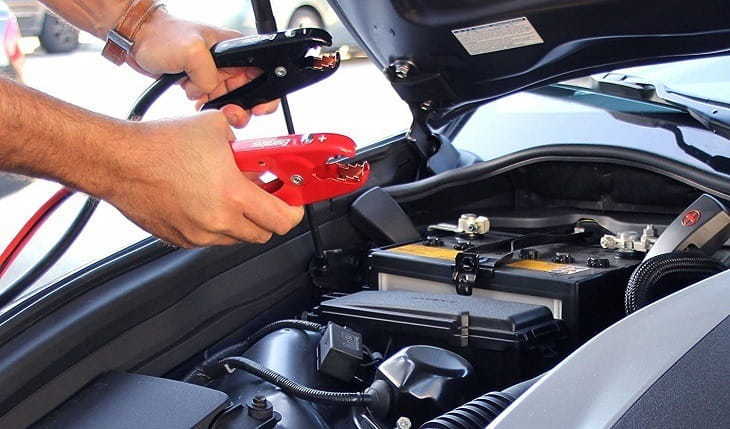Cables to start batteries, which to buy and how to use it
As it is already known, it is very important to carry some cables to start batteries in our car, van or truck, which although we may never use them, it is very likely that one day we will start our vehicle and the battery is exhausted, so we have 2 options, we call the crane to take it to the workshop or with the help of another vehicle and some cables with clamps give new life to our battery. Find more here: Best Jumper Cables
But when buying some cables to start batteries there are some things to keep in mind and we cannot buy the first ones that we see or the cheapest, because a bad choice could not help us or that the cable burns the first time. exchange.
What should be considered when buying cables to start batteries?
In the market there are many types of cables, cheaper, more expensive, shorter, longer etc ... but in the end, there is above all a very important thing to keep in mind before buying our cables, so as not to fail on the day that we need it. The power and displacement of our car
Depending on the power of our car, or equally the displacement, we must choose the starter cable.
Differences in the jumper cables that can be found in the market are basically the section of the cable , the length of the cable and quality of tweezers.
Obviously we can buy the best cable that meets the best conditions and works perfectly, but of course, we will be spending money that would not be necessary if we had made a good choice.
We could divide it more or less into 4 sections:
-Petrol engines up to 2L : Power 200A with 16mm section cable .
-Petrol engines up to 2.5L and diesel up to 2L : 300A power with a 25mm section cable .
-Petrol engines up to 5L and diesel up to 3L : 400A power with a 35mm section cable .
-Petrol engines over 5L and diesel over 3L : Power over 400A with 50mm section cables .
Regarding the length of the cable, I would always advise the shorter the better, since the longer it is, it will cause excess current loss.
The ideal would be between 3 and 4 meters.
The cable used must always be made of PVC-coated copper and the larger clamps and copper as well.

How to use the cables to start batteries?
I will explain the steps to follow to start a car that has run out of battery:
Find another car with a good battery that is equal to or greater than ours.
-Place your car and that of the donor as close as possible but without touching the chassis.
-Make sure that all consumables are off (lights, heating ... etc.)
-Turn off the donor's motor.
-Place one red clamp on the positive of the donor and the other on the positive of your car.
-Put one black clip on the negative of the donor and the other on the negative of your car.
-Always in this order!
-We will start the donor motor by accelerating slightly.
-Then we will make contact and you can start yours.
-Leave the engine of the 2 cars running until the starter cables are removed.
-Remove the clamp from the recipient's negative and then the donor's
-Remove the clamp from the recipient's positive and then the donor's
-Leave the engine running for a while for the alternator to charge the battery or we will start the trip back home (or to the workshop) if we suspect that the battery does not support charging.